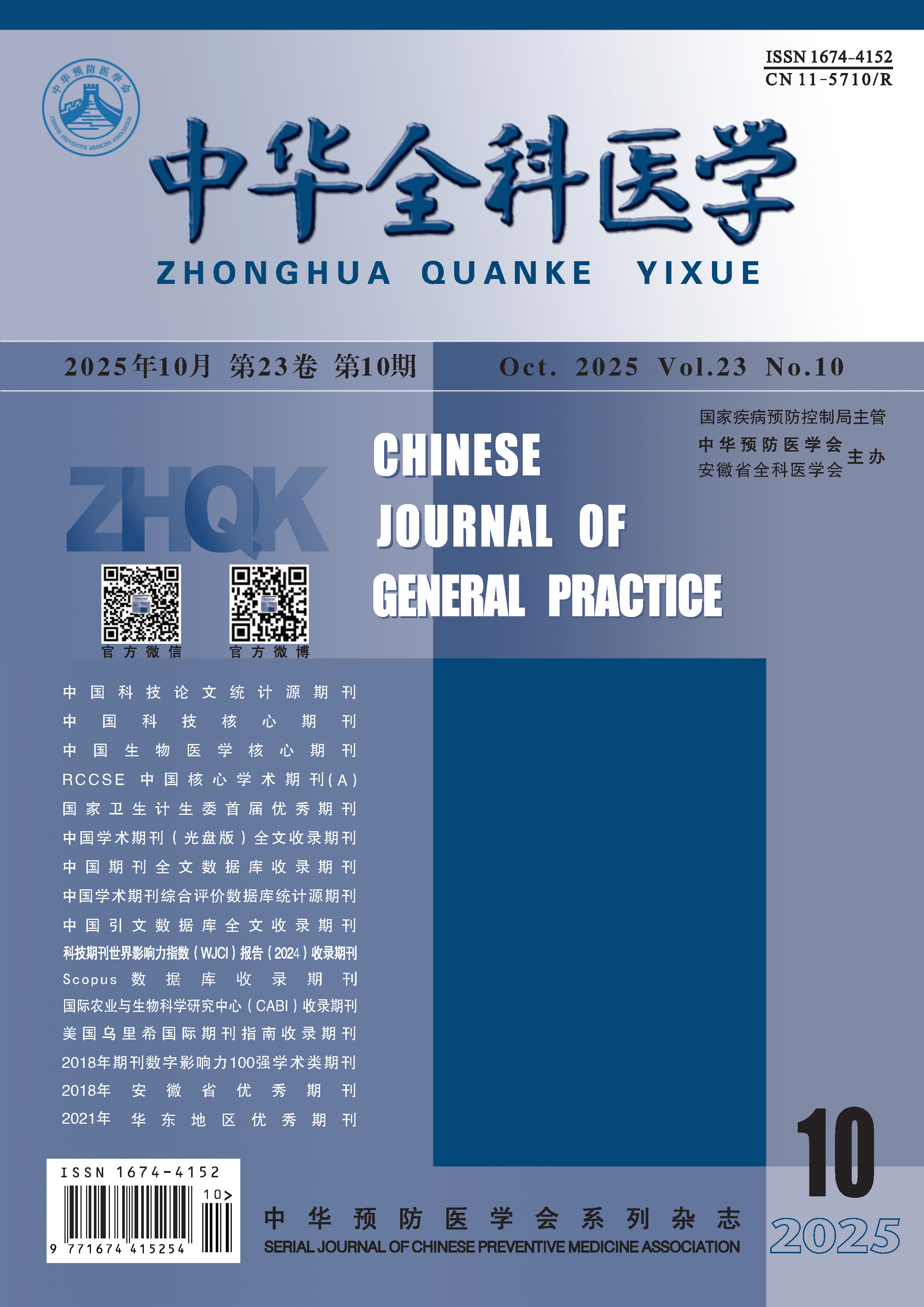Abstract:
Objective To investigate the feasibility and safety of low-dose Ropivacaine combined Sufentanil on combined spinal anesthesia in painless childbirth. Methods Sixty primipara requiring analgesia childbirth with ASA of Ⅰ-Ⅱ, uterus opening of 2-3 cm, no contraindications to spinal anesthesia, and no obstetric pathological factors from May, 2016 to May, 2017 were selected and divided into group A and group B by randomized double-blind method, with 30 cases in each group. Group A was given combined spinal-epidural anesthesia (CSEA) in painless childbirth, while group B was given epidural anesthesia in painless childbirth. The anesthesia onset time, improved Bromage score, VAS score at 3 min, 5 min, 10 min, 30 min, 60 min after anesthesia, birth process, neonatal Apgar score at 1 min and 5 min after delivery, anesthetic amount, oxytocin using, bleeding, intraoperative cesarean section rate, and related complications of the two groups were compared. Results The anesthesia onset time of group A was (3.2±1.4) min, which was significantly shorter than that of group B (6.3 ±3.5) min. The VAS scores of group A at 3, 5, 10, 30 and 60 minutes after anesthesia were (3.2 ±1.3), (2.3 ±1.1), (1.5 ±0.4), (1.2 ±0.6) and (1.8 ±0.5), respectively, which were lower than those of group B (7.3±1.7), (6.6±1.3), (4.5±0.6), (1.7 ±0.5) and (3.6 ±1.2), P<0.05. The local anesthetic dosage of group A was (9.5 ±4.7) mg, which was significantly lower than that of group B (P<0.05). The cesarean section rate of group A was 6.7%, which was significantly lower than that of group B 26.7% (P<0.05). But the skin pruritus incidence of in group A was higher than that of group B (P<0.05), there were no significant difference in other index between the two groups (P>0.05). Conclusion The combined spinal-epidural anesthesia with low-dose Ropivacaine combined Sufentanil for painless childbirth had the advantage of rapid onset, analgesic satisfactory and less dosage, and was an ideal anesthetic mode for painless childbirth.


